
Though oval chainrings may be new to some mountain bikers, the egg-shaped drivers have been around the block. Many riders have found spinning ovals makes it easier to spin circles, and some report that an oval chainring has helped them reduce knee pain. However, as Roland Baides recently discovered, ovals can introduce new problems when it comes to mountain biking.
“As I started climbing, I immediately felt that something was off,” he wrote in a December email to Gemini components subscribers. “I noticed a lot of rocking while pedaling, and I started overthinking. I felt like I wasn’t making as much progress as I should, and I was getting more tired than usual.”
Baides says his brother Jose suggested maybe the oval chainring he was testing was to blame. “Suddenly, it all made sense,” he wrote.
Oval chainrings, rear suspension, and anti-squat
As Gerow wrote in this mountain bike suspension explainer, “anti-squat refers to the amount a given design resists pedal bob, and it directly affects the bike’s climbing prowess.” Baides explains the amount of anti-squat a bike design delivers depends on a number of factors, including chain height. “Simply by shifting gears, the anti-squat will change,” he said. “And therefore pedaling efficiency will vary with each gear.”
He tells me riders don’t tend to notice a change in anti-squat from one gear to the next, since it’s subtle and most of us tend to focus on how much easier or more difficult it is to pedal in the new gear compared to the previous one. However, anti-squat between the smallest cog and the largest one can vary by as much as 20%, according to Baides, due to the change in chain height. It then follows, he says, that an oval chainring, which causes the chain height to move up and down throughout the pedal stroke, affects anti-squat.
“That variation makes your pedaling efficiency fluctuate, even if you’re not shifting gears. This amplifies the rocking of the suspension, and part of your effort gets wasted.”
Ministry Cycles founder and 3VO suspension designer Chris Currie told me that while chain height does affect anti-squat, most riders probably won’t notice, especially on bikes with a higher anti-squat design.
“It stands to reason that a bike with relatively low anti-squat could be adversely affected by an oval ring,” he said. “I suspect designs that generate a bit more anti-squat would be less adversely affected.”
Suspension Formulas designer Chris Canfield agrees that, while anti-squat certainly varies throughout the pedal stroke with an oval chainring — he estimates it fluctuates about 2.5-5% — most riders won’t notice. “You have to be a hyper tuned-in, Princess and the Pea type of” rider, he said. “They’re [likely] just feeling the hesitation of speeding up, slowing down, speeding up, slowing down.”
“If your bike doesn’t pedal that well to begin with, an oval ring is probably a bad idea,” Currie said. “But performance will vary, depending on the suspension system.” Several of his online followers chimed in saying they run oval chainrings on full-suspension bikes without excessive suspension movement. However, “when the oval ring shape moves above and below the instant-center point, that’s when it’s a bad scene,” he told me over email.
If/when oval chainring riders do notice the effect, Baides says many of them will “crank up the shock pressure, stiffen the hydraulics (losing the fun and smoothness of a full-suspension), or they just lock out the suspension more often.”

Technical leverage
I’ve ridden mountain bikes with oval chainrings on and off over the years, almost exclusively with rings from Absolute Black. The brand says their oval shape allows riders to “climb easier, pedal smoother, and get less tired” while noting that “oval chainrings don’t produce more power, they increase your pedaling effectiveness.” In my experience, an oval chainring pedals smoothly and feels surprisingly natural, and I can’t say I could feel any negative effects from changes in anti-squat while pedaling on full-suspension bikes.
What I have noticed is reduced leverage when it comes to low-speed technical moves, particularly while climbing. With pedals at roughly one and seven o’clock, ready to attack a technical obstacle in the trail, an oval chainring is near its narrowest, providing less leverage than it does along its major axis. The result, for me, is fewer makes and more dabs on the trail.
Both Baides and Canfield confirmed that an oval chainring may not be ideal in this scenario, though to be fair, I’ve spoken with plenty of other riders over the years who haven’t noticed any problems with technical climbing on an oval ring.
“When chunky climbing […] it is kind of nice to have a consistent, smooth setup of a round [chainring],” Canfield said. “I don’t think I ever saw anybody on the EWS on ovals that I remember.”
In a podcast conversation about oval chainrings in 2021, chiropractor, bike fitter, and biomechanics expert Dr. Adam Phaneuf noted, “when you look at the elite level, you know, if oval rings were dramatically better than a circular ring, there would be a lot of people using it at the highest level, right? It would be across the board, you know.”
Still, he said “there’s a lot of people in [Bellingham, WA] that I know that do use oval rings on their mountain bike, and they feel it provides more even power through the pedal stroke. And so the argument is that you’ll have better traction in technical climbing. There really isn’t any evidence to back that up at this time, but I’m not going to steer someone away from an oval ring.”

More potential weirdness
During our conversation, Canfield mentioned one of his customers ran into problems running an oval chainring on a pulley wheel bike. Together they decided one solution might be to adjust the clocking on the chainring, which in theory would diminish some of the pedaling benefit to the ring in the process.
In an FAQ for the Forbidden Dreadnaught high-pivot bike, the brand writes that while it’s possible to run an oval chainring on the bike, it will only work for rings “that allow you to rotate the chainring to the correct position to line up with where the chain exits the idler and contacts the chainring. Also note that on an idler-based drivetrain, an oval ring will lengthen and shrink the chain as you pedal, causing additional movement to the rear derailleur to absorb these changes during pedaling.”
Then there’s the fact that chainring clearance for obstacles in the trail like logs and rocks will vary depending on pedal position. In full attack position, with pedals at three and nine o’clock, depending on clocking, the ring may be at its tallest, making it more likely to snag.
To be clear, most if not all the oval chainring issues mentioned here are minor, and mountain bikers can learn to compensate for them over time, or at least get used to them. Like switching from clipless pedals to flats (or vice versa), there is a learning curve involved, and there are trade-offs either way. Fitness, riding style, and terrain certainly play a role in making the selection as well.
Baides, for his part, isn’t giving up on oval chainrings entirely.
“We’re going to keep developing our Rigel oval chainrings and launch them soon, but we won’t recommend them for full-suspension bikes. It’s not an opinion, it’s physics.”














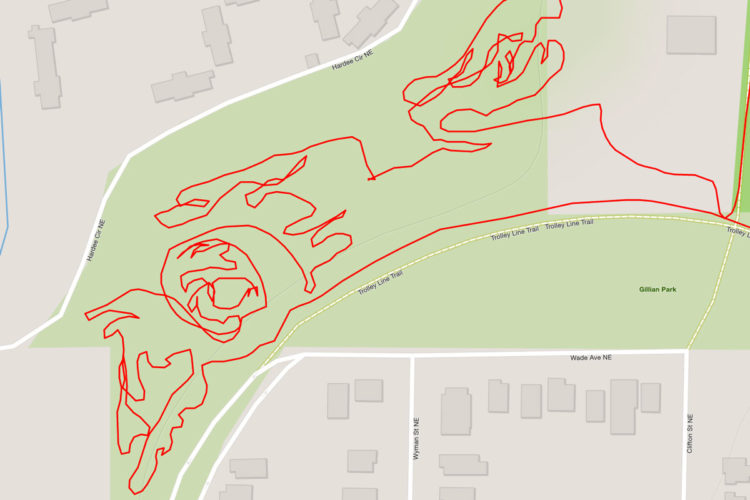

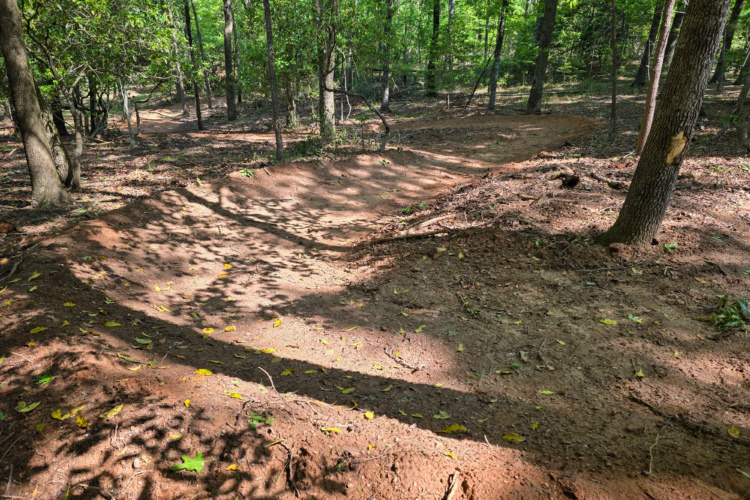
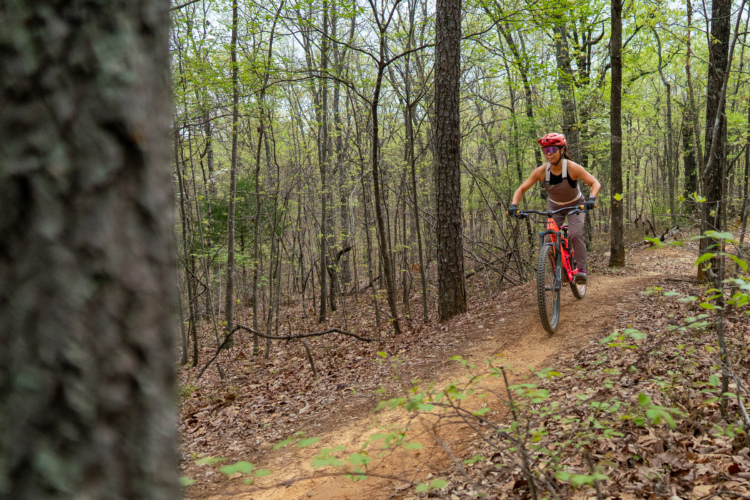
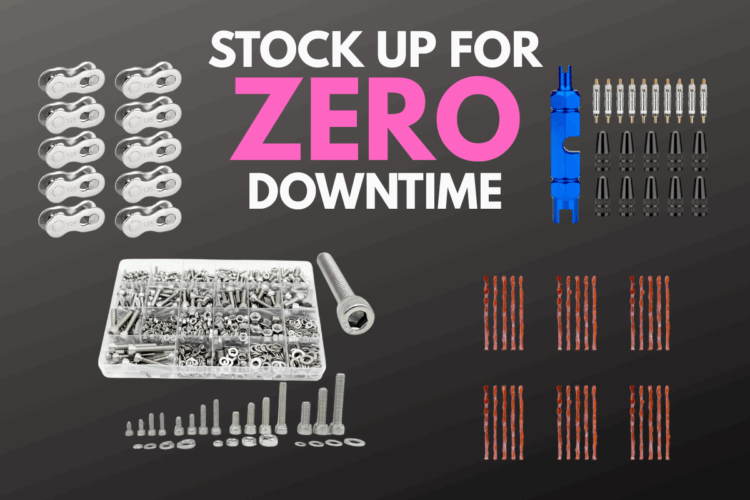
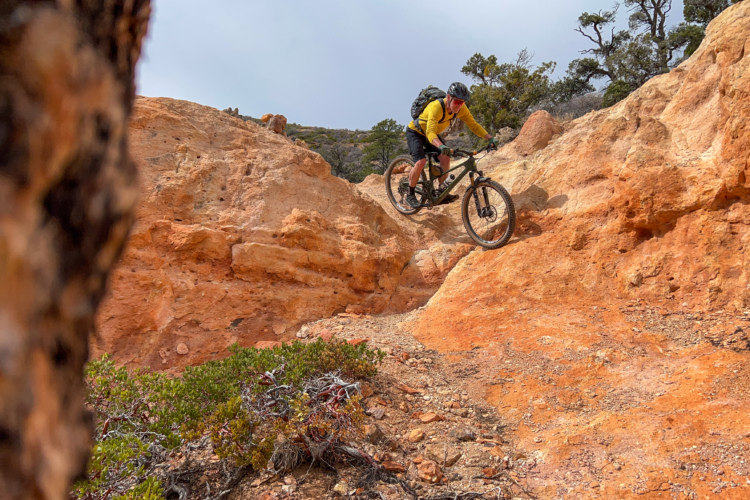

9 Comments
Jan 23, 2025
Jan 23, 2025
That's pretty hilarious and way over blown.
Jan 25, 2025
Every time I ride a bike without an oval ring my pedaling generates bobbing. It is weird, but I had other people confirm this. At first I didn't know what was happening, or why. When I bought my 29" Trek Fuel Ex I forgot I had an oval ring on my previous bike. I was so happy about my new bike but on my first ride, I felt like I was riding a horse. Bobbing up and down especially on faster, easier peddaling sections. I thought the bike was broken. I couldn't understand what was happening. And out of a fluke, I remembered I used an oval before, so I changed my ring to an oval again. The bobbing and unevennes of pedaling went away. Same thing happened when I switch to my Yeti and everytime I demo/rent a bike or ride a friend's bike without an oval ring.
A few years back I read an article stating and explaining this. IIRC it had something to do with the way your body gets used to pedaling. Eventually you corect your movement but it takes a while (I rode more than a month with a round ring and didn't get "fixed").
I never felt the antisquat differences they are talking about. But than again, I don't feel the antisquat difference between an 11 tooth or a 52 tooth pinion, so....
Feb 4, 2025
Jan 24, 2025
Jan 23, 2025
Jan 23, 2025
Jan 27, 2025
Just one man’s opinion that this article fell short by ending with Roland’s unsupported and unqualified statement rather then more heavily weighing your own experiences and the feedback from proven suspension designers quoted in the article
Feb 4, 2025